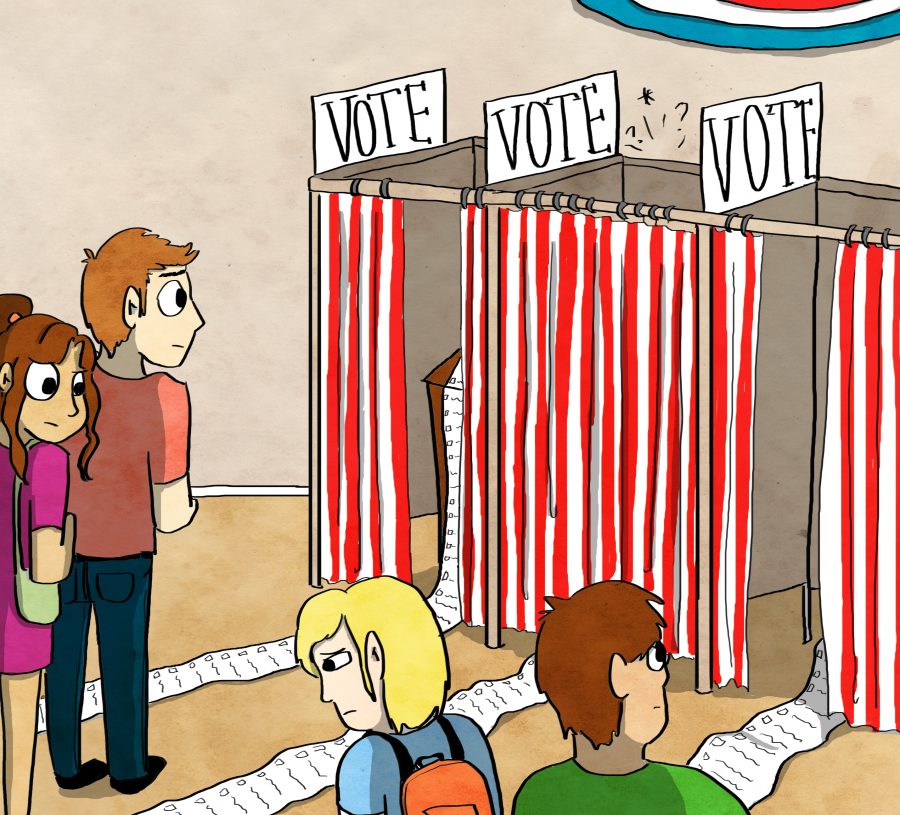Election years are wearing enough with the normal crowd of candidates fighting it out to win elected office. Compounding the campaign-induced exhaustion this year is the decision to move city elections to November. In the past, it was hard enough to remember who you had to vote for at the state level, but now, at least in Austin, voters will have dozens more to contend with.
In November 2012, Austin voters approved a plan to create a better representation plan for the City Council. Until then, Austin had been the largest city in the country with at-large districts only, meaning that the entire voting population had a say in who held every seat. The new plan, known as 10-1, keeps the mayor elected citywide but introduces a system of 10 geographic districts that will each send a representative to City Hall downtown. Since every seat is up for grabs, the free-for-all has begun with more than 60 candidates adding their names to the ballot for one of the district seats.
While many UT students will not register to vote in Austin, it is now more critical than ever that they pay attention to who is vying for their vote, even if the previously cited number of candidates is enough to put them off voting for the rest of their lives. Granted, the district boundaries aren’t ideal – in fact, they separate the majority of campus and residential areas West Campus and North Campus, in District 9, from East Campus, which lies east of I-35 in District 1. And, as one would expect, the more distant student neighborhoods of Riverside and Far West are situated in different districts, 3 and 10, respectively. However, for the first time, students who live in the University area will have more direct access to the halls of power through their locally elected City Council member.
















